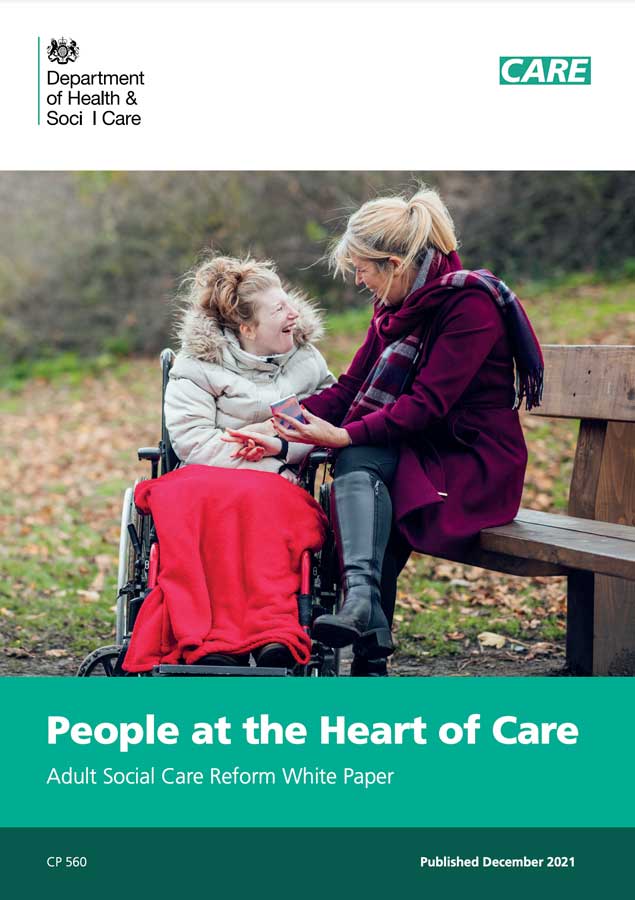Transforming social care: views from the sector
Policies set out in the adult social care reform white paper build on existing good practice within the sector, but do they go far enough?

STRATEGY
Image: Istock

Rebecca Pritchard
CEO, Surrey Care Association
People at the Heart of Care: adult social care reform white paper was published on 1 December 2021, setting out the government’s 10-year vision to transform social care. There is much to like and little to disagree with in much of the content and the three key objectives:
- People have choice, control and support to live independent lives
- People can access outstanding quality and tailored care and support
- People find adult social care fair and accessible
What’s included?
Money is pledged to support innovation, investment in digital technology, funding for disabled facilities grants to support lifetime homes and specialist supported housing to offer greater choice for people.
There is financial support to professionalise training for the workforce and for local authorities to develop and improve commissioning, alongside wider powers for the Care Quality Commission to inspect the “system”. This is welcomed by commissioned providers whose quality assessments can be hugely influenced by local authority practice and decisions.
There is a small pot to “kick-start” services for unpaid carers and an even smaller amount for a website to help people navigate the complexities of social care services and funding.
This is all very much building on and learning from the best of what is already good practice within the sector. But it feels like a missed opportunity.
Limited vision – a missed opportunity?
We would like to see a much greater ambition to transform social care so that all people can live rich, progressive and purposeful lives with support from outstanding staff who are truly valued (Home - Reinventing Social Care). There are also some concerns in the sector that a focus on independence could reduce choice and the recognition of the importance of social interactions and models of care which foster these.
Little is said about working-age people who use social care. There is reference to supporting people with learning disabilities into work, but this is not a rights-based agenda that empowers people to shape their own futures and thrive. Improving commissioning practice, referencing individual budgets and introducing additional regulation are positive steps – but leaves a complex and conflicted system in place.
Many people seeking care and support are subject to assessments of needs by the same organisation that will be paying to meet those needs. We need a person-centred independent entity at the heart of the system which safeguards the interest of people accessing services. Such an entity could bring objectivity to assessments, support people to make choices and arbitrate in the event of disputes.
“Many in the sector are reporting unprecedented workforce pressures with both recruitment and retention challenges beginning to impact on both the quality and availability of care.”
Funding – too little too late?
“Sustainable long-term funding and adequate resourcing for local government” is one of three underpinning policies in the White Paper. However, of the £12 billion per year raised through the National Insurance Contributions levy for health and social care over the next three years only 15% – £1.8 billion a year – is to go to adult social care.
Much of this funding will go towards funding (and administering) the cap on personal care costs and improving financial assistance to maintain individual’s assets.
Many in the sector are reporting unprecedented workforce pressures with both recruitment and retention challenges beginning to impact on both the quality and availability of care.
The government has asked local authorities to develop a fair price for care for their areas by October 2022. This must deliver the high-quality, person-centred services needed and enable the social care workforce to live within, or close by, the communities for whom they provide care and support.
The sector is hoping real investment will not be too late.



